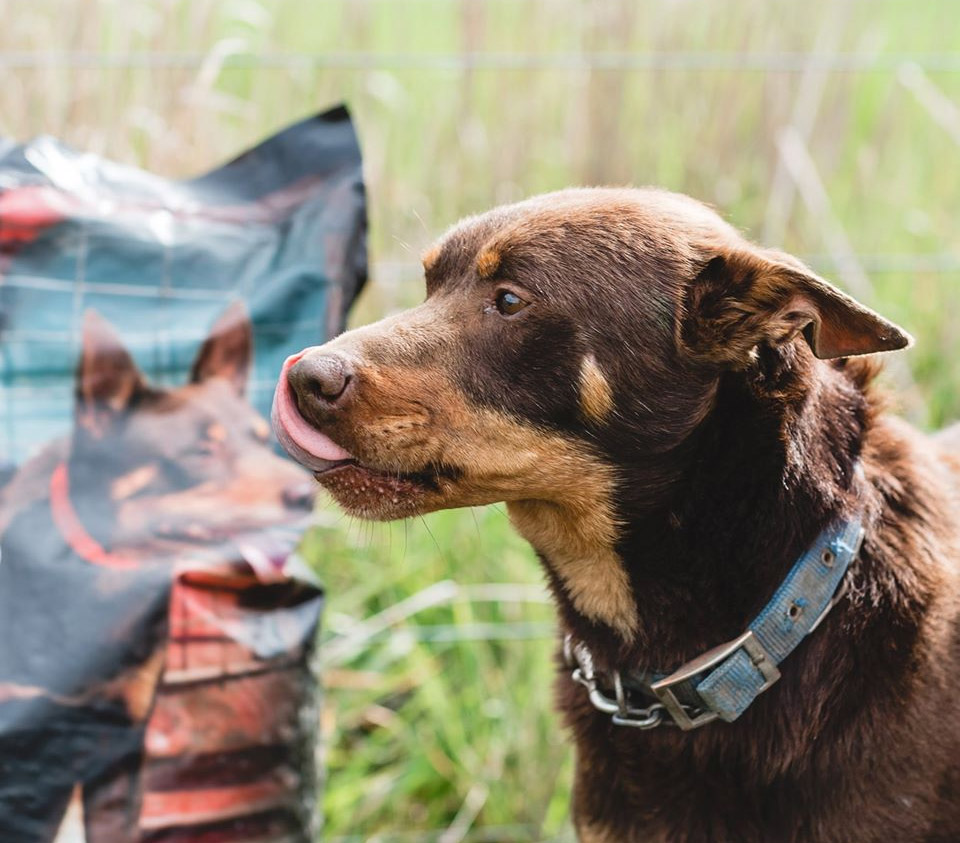There can be multiple reasons for changing your dog’s food including;
- Health reasons such as allergies or certain health conditions
- Weight related, your dog needs to lose or gain weight
- Changing in life stage
- Wanting to switch to a premium feed
Regardless of your reason for switching feed, the most important factor is making sure that the transition between feeds is done gradually. This is especially important when you get a new puppy or just after adopting a dog. While your new dog is adjusting to their new environment they may experience some anxiety making them more prone to digestive upsets.
When transitioning to a new dog food, ensure that this is done over a period of 7-10 days, however it can take up to 14 days. During this transition period you will gradually incorporate more and more of the new feed in with your dog’s current food. A typical transition for most dogs will look like this;

If the transition to a new food is done too quickly it can lead to diarrhea, vomiting or even a sudden loss of appetite. Some dogs can be more finicky eaters than others when transitioning feeds, so make sure that you closely monitor your dog to ensure that they are eating enough. If you do notice that your dog refuses to eat the new food or starts vomiting, have diarrhea or constipation you should slow down the rate at which you are transitioning feed and if problems continue consult a vet.
By Dr. Emma Bradbury, Canine Nutritionist


